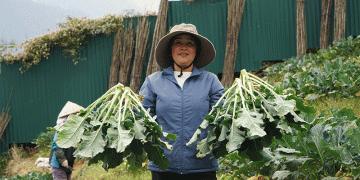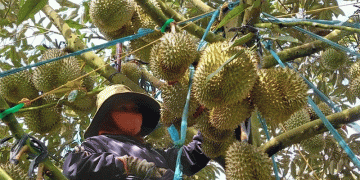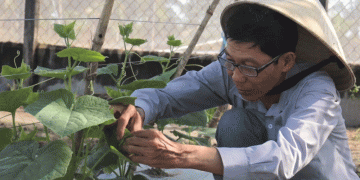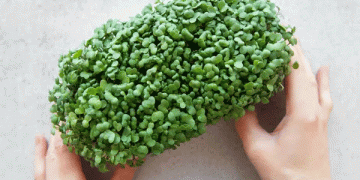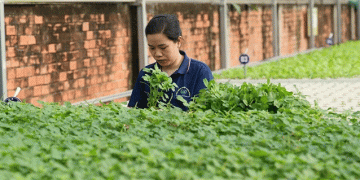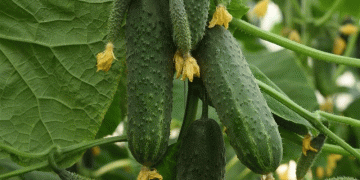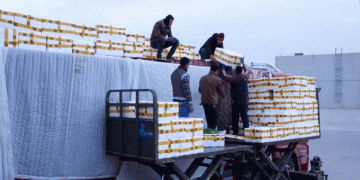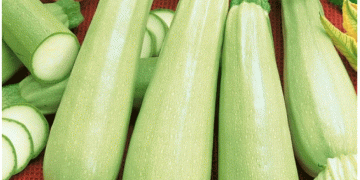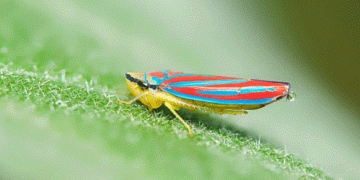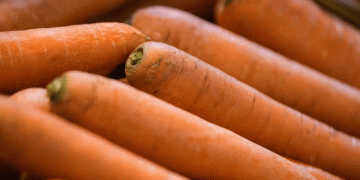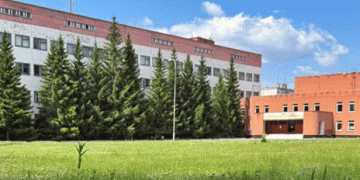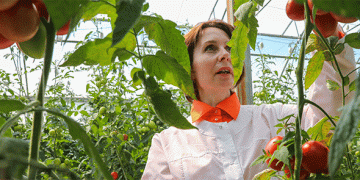The 2023 growing season has presented Latvian farmers with a formidable paradox, particularly for potato growers in the Kurzeme region. While Vidzeme and Latgale faced catastrophic flooding that drowned half of the planted potato fields, Kurzeme emerged with a seemingly positive outcome: a decent harvest by volume. However, agronomists and farmers on the ground are sounding the alarm. The real challenge is not quantity, but quality and longevity, as unprecedented moisture levels have created a perfect storm for storage rot and spoilage.
The core of the problem lies in the weather patterns. As reported by farmers like Guntis Siliņeks of Gudriķi farm, the season was characterized by a cold, extremely wet spring followed by a summer that never truly arrived. This persistent humidity, while not causing standing water for weeks as in other regions, has severely compromised the potato tubers. Even with rigorous crop protection protocols—fields were sprayed against potato blight (Phytophthora infestans) four times—the damage was inevitable. The excess moisture has led to a high incidence of bacterial soft rot and other storage diseases, meaning the potatoes are beginning to spoil from the inside out before they even reach the storage facilities.
This situation highlights a critical and often underestimated aspect of agriculture: post-harvest loss. According to the Food and Agriculture Organization (FAO) of the United Nations, root and tuber crops can experience post-harvest losses of over 30% in developing regions, primarily due to inadequate storage conditions and disease. While Latvia has more advanced infrastructure, the physiological state of the crop this year makes it exceptionally vulnerable, pushing potential losses into a similar high-risk category.
The economic implications are significant. Aiga Kraukle, head of the Latvian Potato Growers and Processors Association, estimates a national potato yield decline of at least 20%. However, she notes that prices may not see a dramatic spike due to stable production in other European nations like Poland. This means that for Latvian farmers, the financial impact of spoilage will be absorbed directly by their operations, not offset by higher market prices. The advice from experts and successful farmers like Andris Paipa of Paipas dārzeņi is stringent: meticulous sorting and culling before storage is non-negotiable. Every compromised tuber placed into storage threatens the entire batch.
The 2023 potato harvest in Kurzeme serves as a stark reminder that a successful harvest is measured not at the digger, but at the end of the storage period. Agronomic success is increasingly defined by resilience against climatic extremes and the effective management of post-harvest physiology. For farmers this season, the priority must be aggressive quality control—investing labor in meticulous sorting and preparing to market the crop quickly rather than banking on long-term storage. For the future, this year underscores the urgent need for investments in advanced, climate-controlled storage technology and the development of more resilient potato varieties that can withstand wetter growing conditions, turning a storage dilemma into a manageable process.















